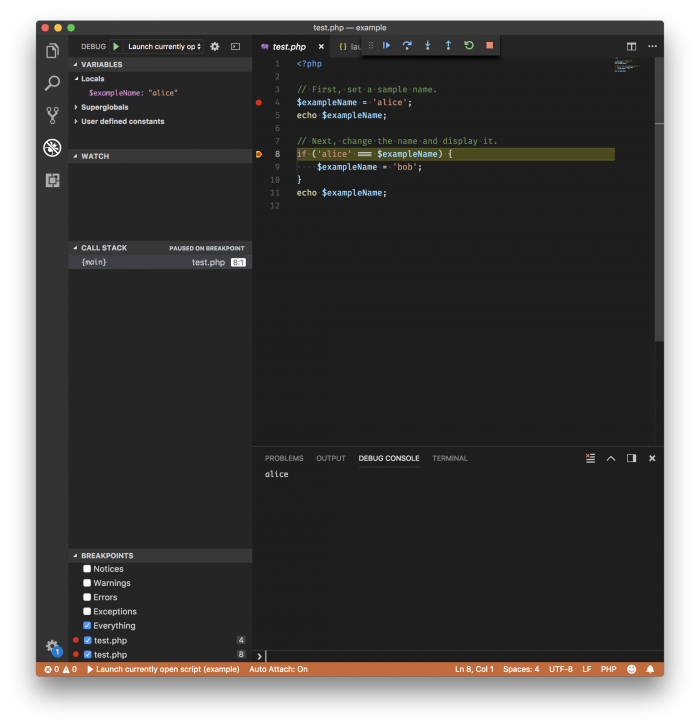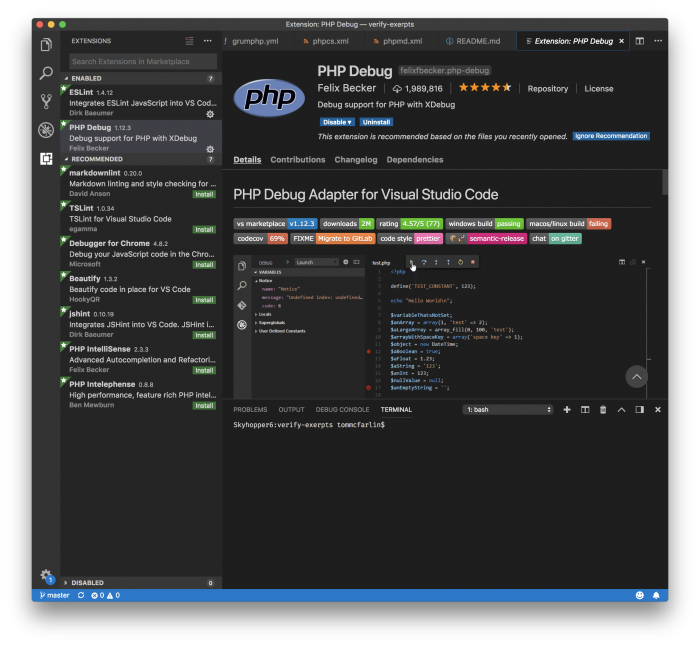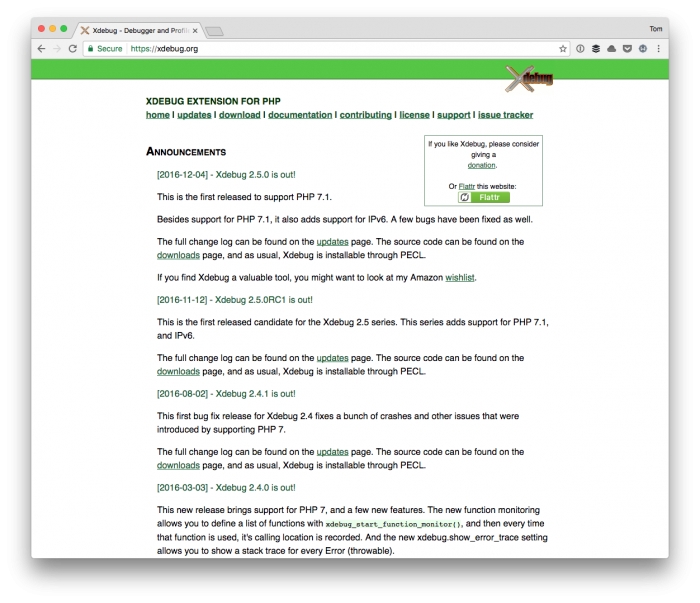I write a fair amount about coding standards with WordPress and the importance that I believe they have for individuals, teams, and with working with the core application, that being WordPress itself.
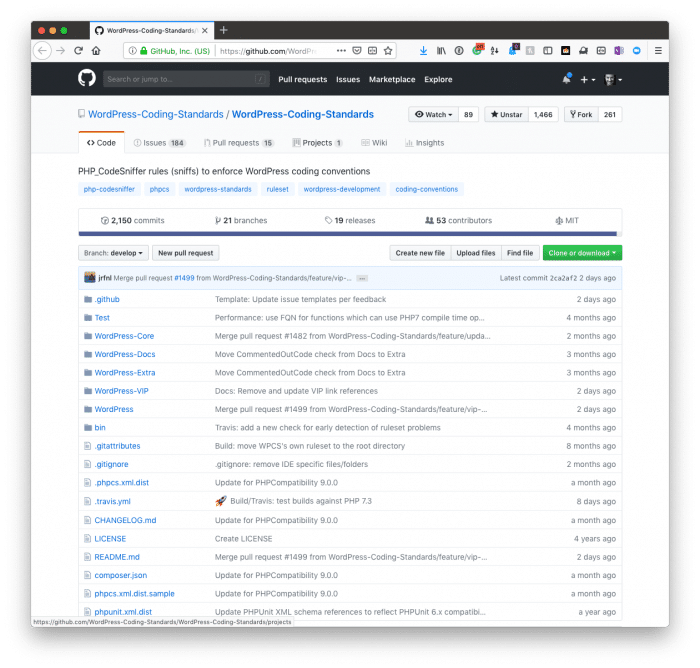
In the last year or so, I’ve moved away from working primarily with the WordPress Coding Standards and have begun to use PHP Standard Recommendations for coding.
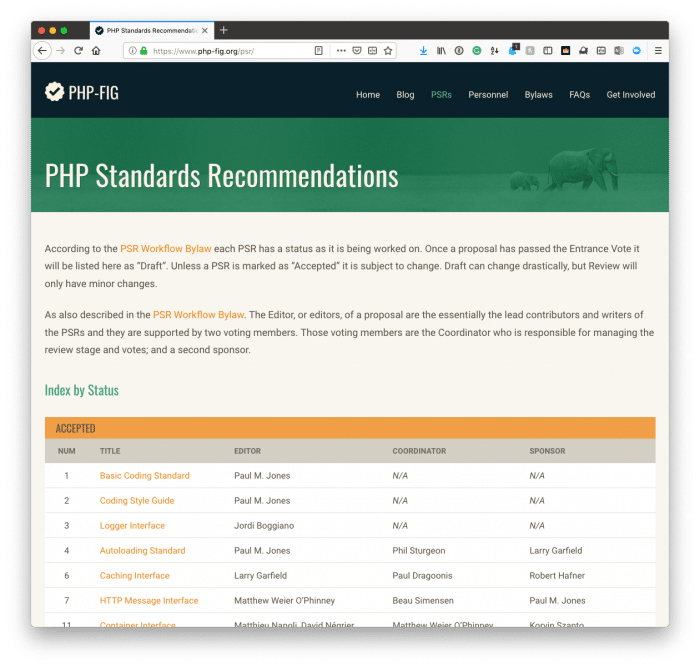
Note that I did not say I abandoned the WordPress Coding Standards nor that I elevate the PSR recommendations above them, but I have reasons for when I use each. And for anyone working with WordPress-based projects, I think it’s important to recognize when it’s appropriate to use each.
And that’s the purposes of this post.
